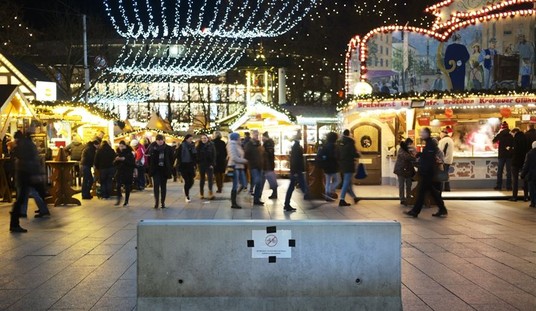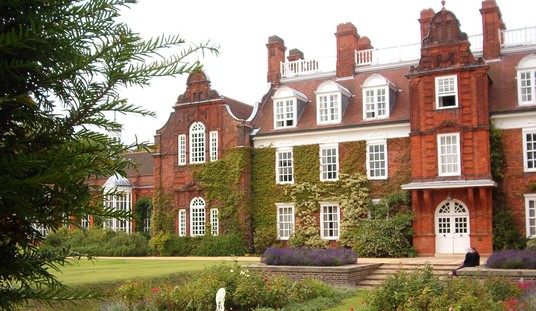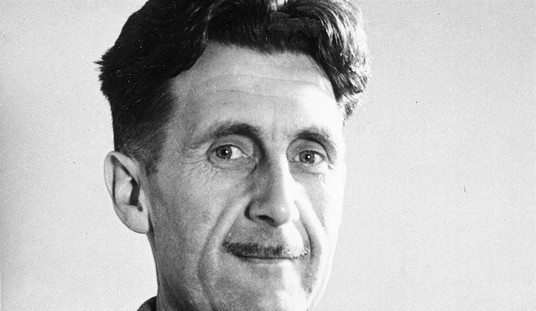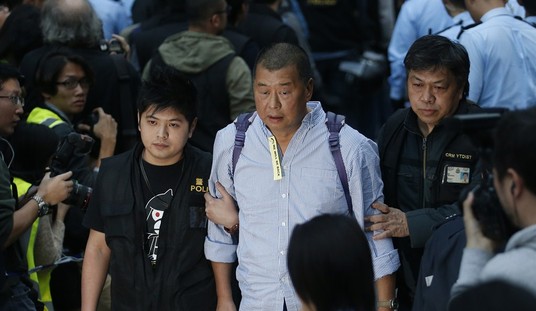Donald Trump promised many times during the campaign that he was going to build a wall on the southern border to put a stop to illegal immigration. Yesterday afternoon Reuters reported that his transition team has been gathering information that could be used to plan where and how to honor that promise:
In a wide-ranging request for documents and analysis, President-elect Donald Trump’s transition team asked the Department of Homeland Security last month to assess all assets available for border wall and barrier construction…
In response to the transition team request, U.S. Customs and Border Protection staffers identified more than 400 miles along the U.S.-Mexico border, and about the same distance along the U.S.-Canada border, where new fencing could be erected, according to a document seen by Reuters…
One program the transition team asked about, according to the email summary, was Operation Phalanx, an aerial surveillance program that authorizes 1,200 Army National Guard airmen to monitor the southern border for drug trafficking and illegal migration.
So it sounds as if Trump’s border enforcement plan will be more comprehensive than just additional fencing, but the report produced by CBP did include specific areas where physical walls could be built as well as cost estimates for construction. The report estimated that adding 413 miles of fencing along the southern border would cost $11.37 billion. The cost of adding about 400 miles of fence to the northern border with Canada was substantially less, just $3.3 billion. Why the difference? The northern border wall would be designed to prevent vehicle traffic while the southern wall would be designed to stop vehicle traffic and pedestrians.
There is a companion piece up at Reuters today which focuses on border fencing that was put up between the city of El Paso and Juarez between 2007 and 2010. The wall has been a mixed bag for residents of Juarez though mostly because it succeeded in keeping some of the drugs from crossing the border into El Paso:
Juarez’s newly elected mayor, Armando Cabada, sees both sides. He says the fencing, cameras, sensors and stricter controls on border bridges have stopped flagrant crossings of undocumented Mexican migrants into downtown El Paso, Texas, which sits just across the fortified border, in sight of his wood-panelled office.
On balance, however, the negatives have outweighed the positives, he says. He notes that shortly after the wall was built, Juarez was plunged into a hellish war between cartels that made it the murder capital of the world, while El Paso remained the safest U.S. city of its size.
After the border got tighter, Cabada said, “the narco traffickers had to battle much harder to cross their drugs into the United States, and a lot ended up staying here.”
Needless to say the problems of the mayor of Juarez are not our problems. The question is whether enough new wall construction can lower the number of people and also the amount of drugs crossing illegally into this country.







Join the conversation as a VIP Member